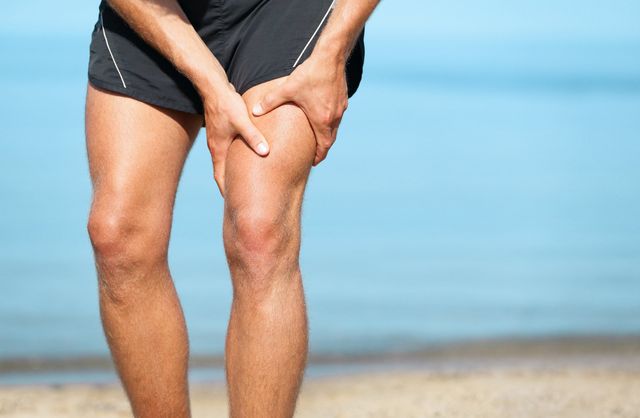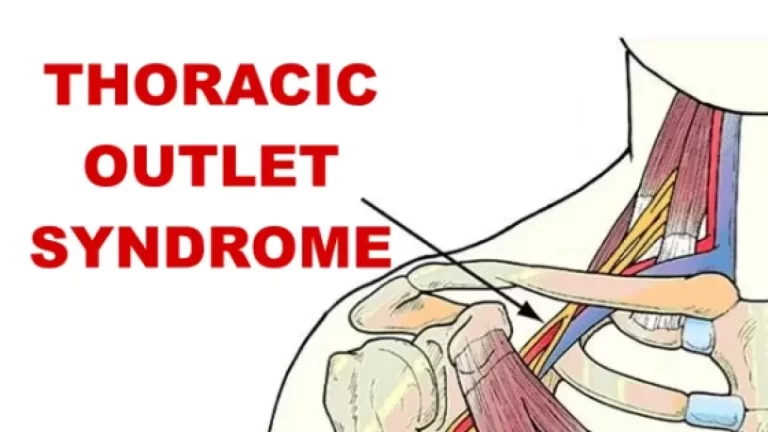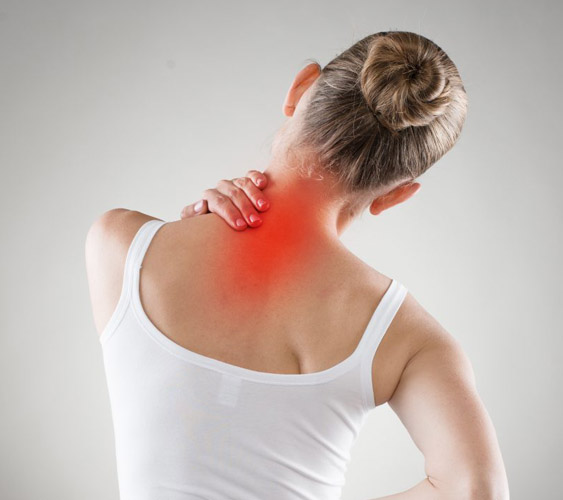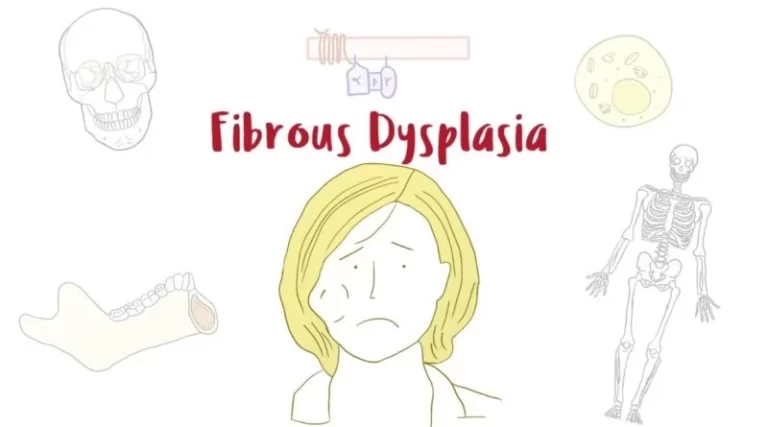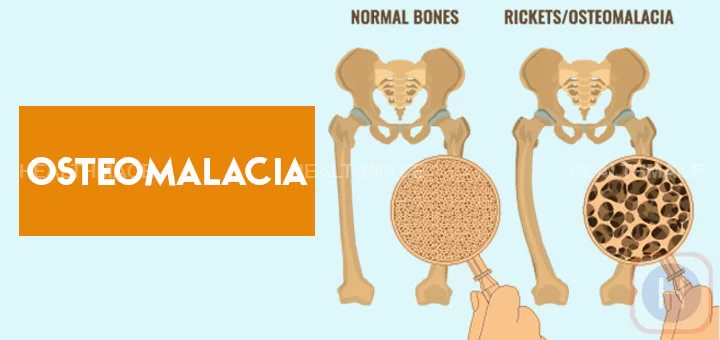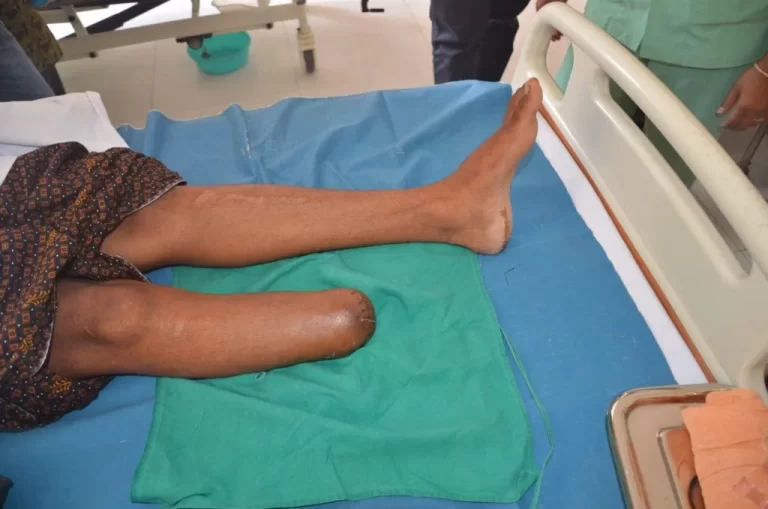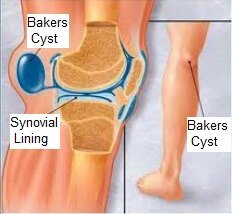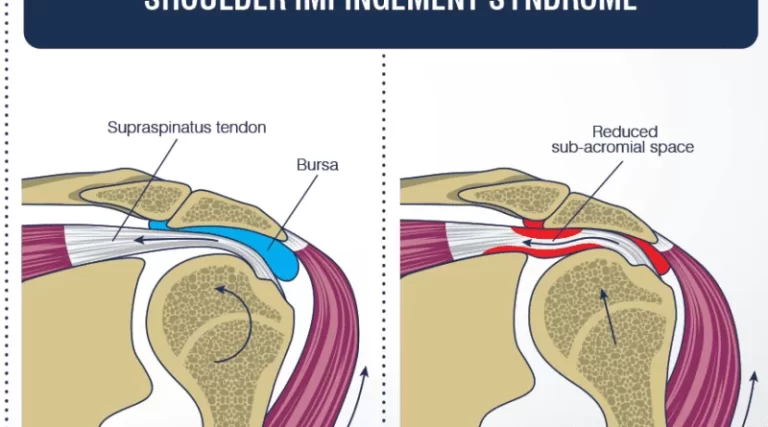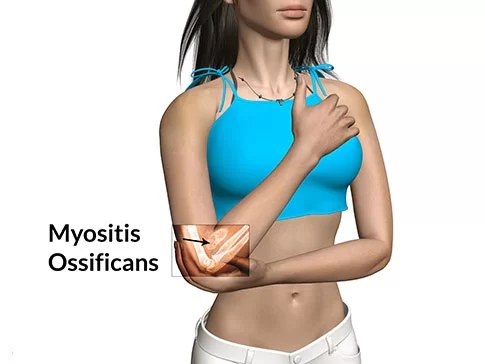Iliotibial Band Syndrome (IT Band Syndrome) :
What is iliotibial band syndrome ? It is also known as iliotibial band friction syndrome or It Band Syndrome. Iliotibial band syndrome (ITBS or IT band syndrome) is an overuse injury of the connective tissues that are located on the lateral or outer part of thigh and knee. It causes pain and tenderness in those…

